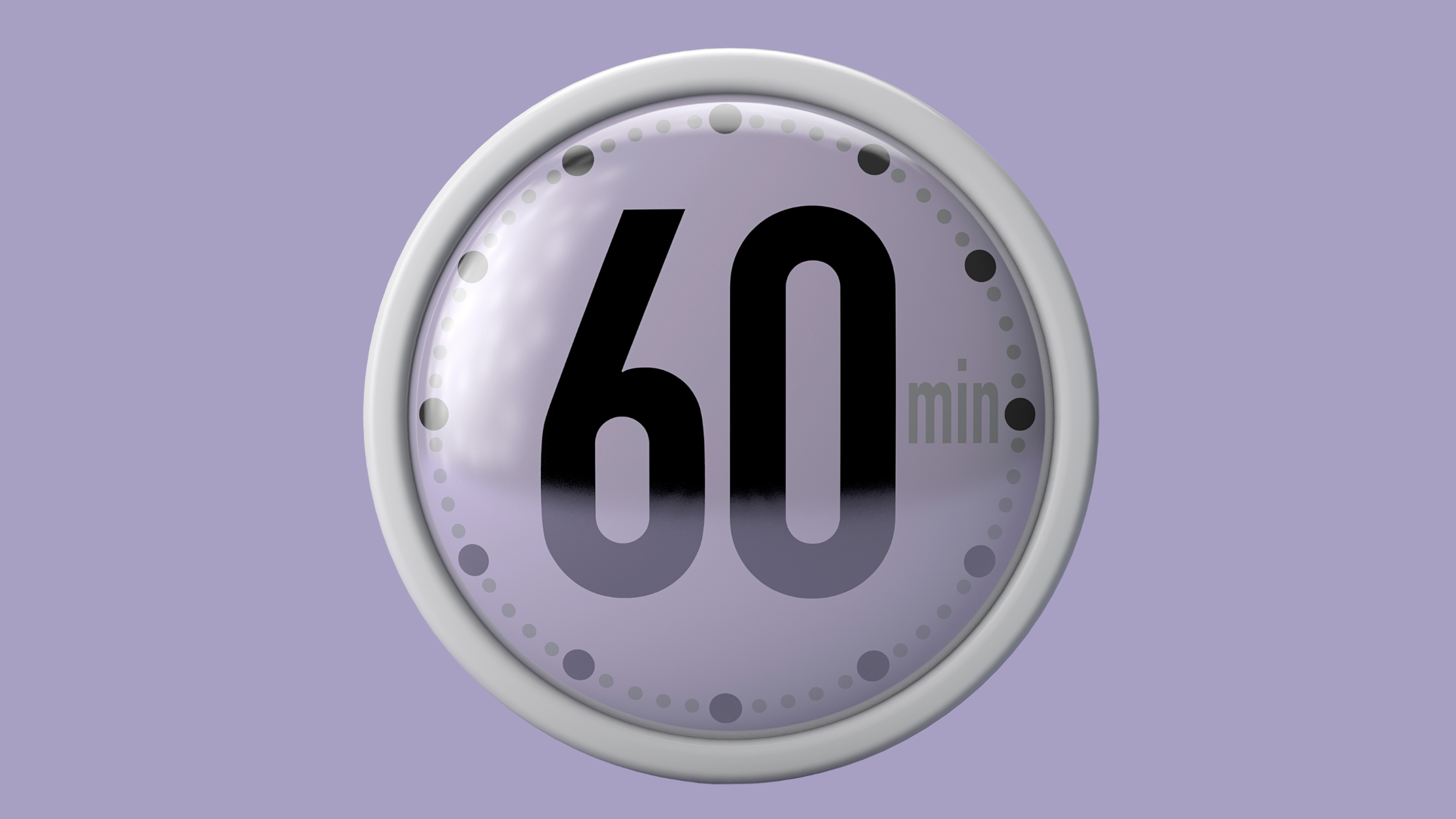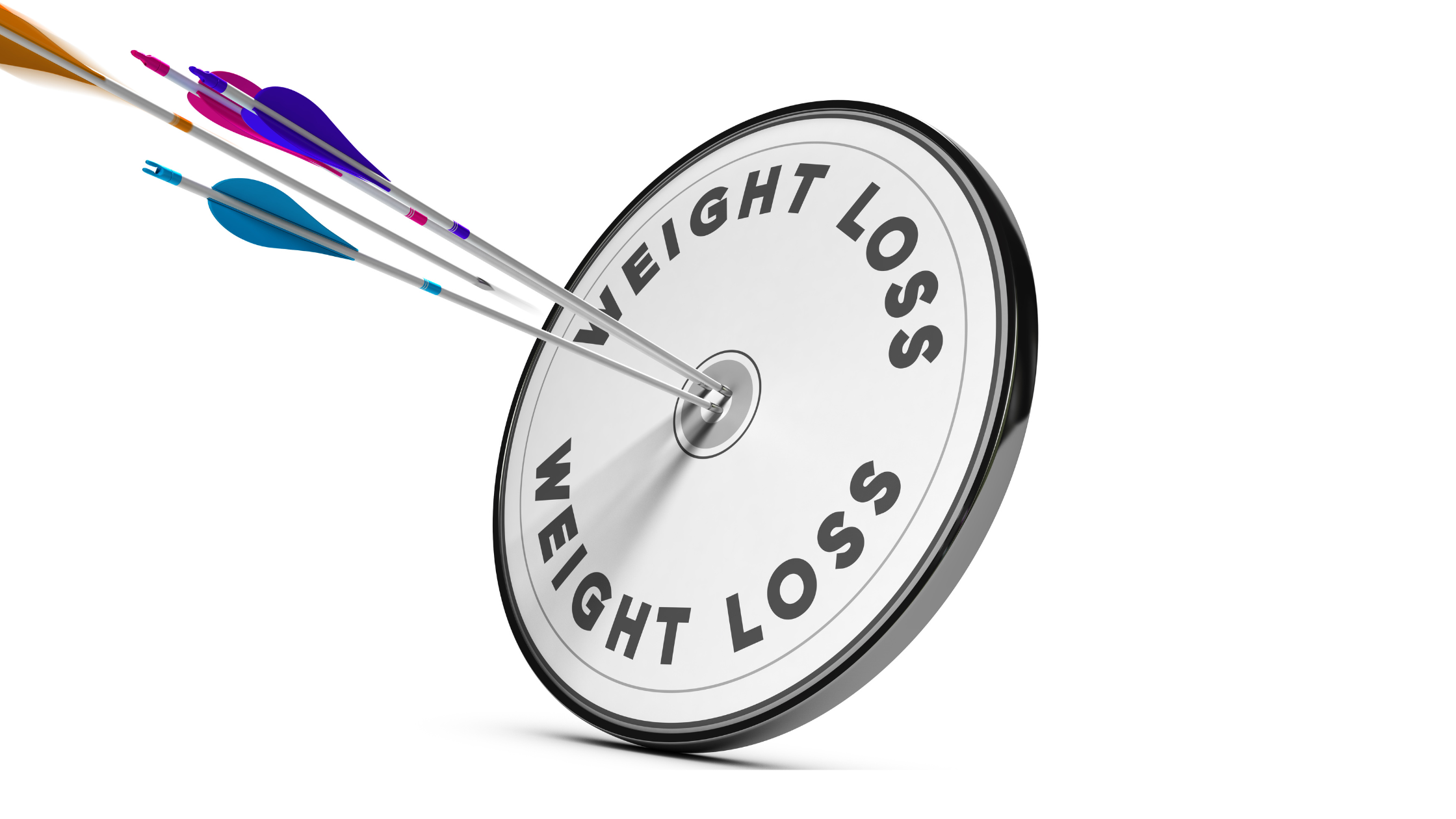6-6-6 Walking Trend for Senior Adults (Have You Tried It Yet?)
Written by TYE Medical on Feb 18th 2025
If you’ve heard of the 6-6-6 walking trend and haven’t tried it, now is the time. The routine is simple, flexible, joint-friendly, and safe for most health conditions. If you’re having trouble finding a workout that works for your schedule, your chronic conditions, and your weight loss goals, this might be a right fit for you. Walking has long been touted as the best form of exercise for disease prevention. Just walking over 3,500 steps per day has been shown to reduce your risk of cardiovascular disease and risk of death.
Here is what you need to know about the 6-6-6 walking workout and how it can benefit you.
The Method: 6-6-6 Walking Workout

This easy title lays out the plan for you which is 60 minutes of walking at either 6 a.m. or 6 p.m. with a 6-minute warm-up and cool-down. Your warm-up and cool-down are taken at a slower pace and help your body prepare for the workout and recover afterward.
You spend most of the workout moving at a brisk pace to keep your heart rate elevated and benefit your cardiovascular system. The simple method and short duration is meant to work for people with tight schedules yet be challenging enough to provide a solid workout.
One of the most appealing features of this method is its flexibility. You can choose a pace that suits your abilities and needs. The goal is to appropriately challenge yourself and elevate your heart rate, so there is no prescription for how fast you walk. For older adults and those with health conditions, this is key.
Other benefits of the 6-6-6 walking trend is that you log over the 150 minutes of recommended exercise in a week when you do it for three or more days per week. And walking early or later in the day helps you get your workout in before your busy daytime routine begins or after it ends.
Health Benefits of the 6-6-6 Walking Workout

Walking boosts weight loss and cardiovascular health when you keep your heart rate in the fat-burning zone, which is 50-70% of your maximum heart rate. The cardio zone, which requires more vigorous activity and a higher heart rate is also great for cardio health but not as effective for burning fat in the short term.
This means that by calculating your fat-burning zone and spending most of your 60 minutes at that pace can promote weight loss and keep your heart healthy. Many digital treadmills and smartwatches will calculate your fat-burning zone for you, letting you know when you enter it or move into another zone. But you can also calculate it for yourself.
Calculate your maximum heart rate (MHR) by subtracting your age from 200.
- MHR = 220- [your age]
- 180 = 220 - 40
- MHR for 40 year old = 180
Then calculate your fat-burning range by multiplying your maximum heart rate by 50% and then by 70%.
- Fat-burning zone (for 40 year old) = MHR x 50% and MHR x 70%
- Fat-burning zone (for 40 year old) = 180 x .5 and 180 x .7
- Fat burning zone (for 40 year old) = 90 and 126
- Fat-burning zone (for 40 year old) = 90 to 126 beats per minute
When you walk in this zone, you’re burning more fat as fuel, which is more immediate and effective for weight loss. Additionally, this walking has a lower impact than running or other types of exercise, making it gentler for the long term and more accessible for many people.
Other benefits of walking include:
- Reduces anxiety and depression
- Improves gut health
- Improves bone health
- Improved cognition (thinking abilities)
- Improves sleep
- Increases energy and stamina
- Improves memory
- Lowers blood pressure, blood sugar, and cholesterol
- Reduces risk of stroke, heart disease, diabetes, and some cancers
How to Start a New Walking Routine

To get started with any new workout, you must want it. You must have some benefit in mind that makes it worth making a change and sticking to it. Perhaps you’ve recently been diagnosed and your doctor prescribes exercise for management. Or, maybe you’ve been gaining weight and are seeking a way to reverse the trend. You might also be motivated by the realization that aging increases the risk of many chronic diseases, and you know it’s time you were more proactive with your health. Whatever the case, find your motivation first.
When you first start, begin slowly. You might find that an hour is just too long for the first day or week. That’s okay. Find what you can do and start there. If you can only walk for 10-15 minutes, it’s a starting point that you can build from. Plan to slowly increase your time.
Other tips include:
- Don’t skip your warm-ups and cool-downs. This gives your body time to adjust and makes your workout go more smoothly.
- When you’re comfortable, try alternating your pace with faster and slower intervals. You can gradually increase the time you spend walking faster. This is only if your health allows.
- Try walking uphill or incline your treadmill to make the walk more challenging and burn more calories. Again, only if your health allows.
- If you get bored, try watching your favorite show on a device or listen to a podcast or audio book while you walk.
Recap of the 6-6-6 Walking Trend

This workout recommends walking 60 minutes per day at either 6 a.m. or 6 p.m. with a 6-minute warm-up and cool-down. When you adopt this workout method, you can reap many benefits like weight loss, improved cardiovascular help, better sleep, improved mood, and even diabetes prevention.
Before you begin, be sure to find your motivation and experiment with your speed and interval walking when you need more of a challenge. If you find walking boring, try using a device and earbuds to occupy your mind with a favorite show or podcast.


